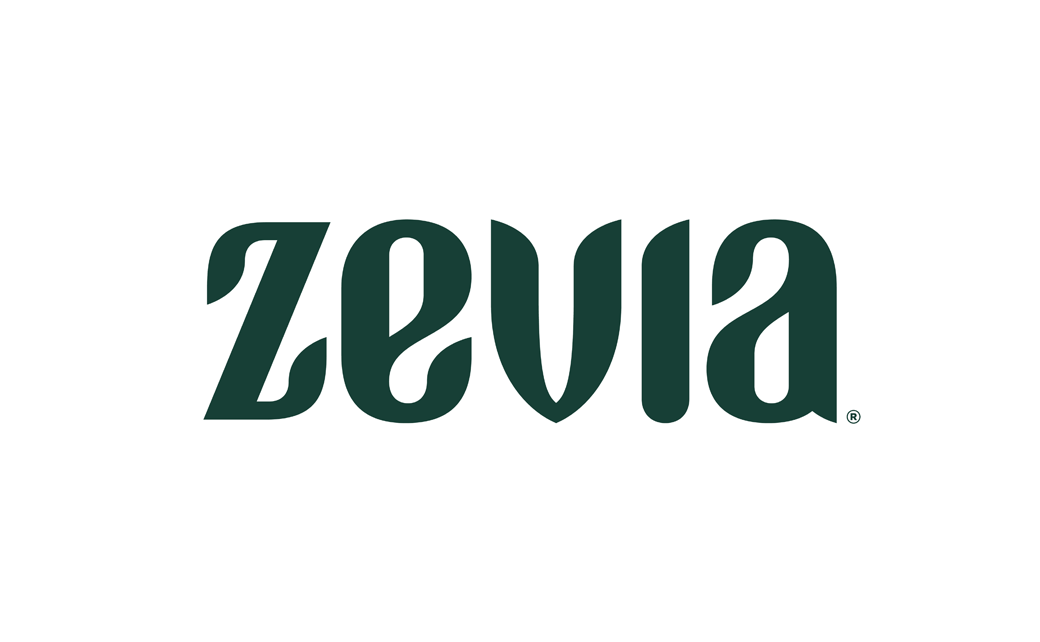Effective Strategies for Building a Strong Online Presence
Employer branding has become essential for attracting top talent. Job seekers research companies online before applying, and what they find can significantly impact their decision. A strong online employer brand helps you stand out, engage potential candidates, and retain high-quality employees. Here’s how you can build a compelling online presence that resonates with current and future talent.
Define Your Employer Value Proposition (EVP)
Your Employer Value Proposition (EVP) is the foundation of your employer brand. It’s what sets you apart and explains why someone would want to work at your company. Defining this clearly is key to aligning your brand with the expectations of your ideal candidates.
Start by gathering insights from your current team members about what they value most. Use surveys, focus groups, and exit interviews to collect honest feedback, then benchmark your findings against competitors to identify what makes your workplace unique.
Craft a message that highlights your culture, mission, and the benefits you offer. =By clearly defining your EVP, you create a narrative that differentiates your company from others.
Leverage Social Media for Authentic Storytelling
Social media platforms are powerful tools for showcasing your company’s culture. They provide a window into your workplace that job seekers often turn to when considering employment opportunities.
Focus on creating authentic content that highlights your team, daily operations, and company achievements. Sharing stories, employee spotlights, and behind-the-scenes glimpses helps potential candidates visualize themselves as part of your team.
For example, Airbnb’s #BelongAnywhere campaign effectively uses employee stories to communicate their inclusive culture. By responding to comments, sharing industry insights, and actively engaging in conversations, you create a sense of community and authenticity around your brand.
Optimize Your Careers Page
Your careers page is a pivotal touchpoint for job seekers, acting as both a resource and a first impression. It should be visually engaging, informative, and reflective of your brand’s culture. Use compelling visuals, such as videos and photos, to bring your workplace to life. Include employee testimonials that offer an authentic perspective on your company’s environment, and make sure job descriptions are clear, engaging, and aligned with your EVP.

Shopify’s careers page is an excellent example, combining storytelling with intuitive design to showcase their culture of innovation. By creating a seamless user experience, you keep potential candidates engaged and motivated to apply.
Manage Your Presence on Review Platforms
Platforms like Glassdoor have a significant influence on candidates’ perceptions of your company. Managing your reputation on these sites is essential. Engage with reviews—both positive and negative—to show that you value feedback and are committed to improvement. Encourage current employees to share their experiences to provide a balanced, up-to-date picture of your workplace.

Salesforce actively manages its Glassdoor profile by responding to reviews and communicating the steps they’ve taken to enhance employee satisfaction. This transparent approach builds trust and demonstrates that your company listens to and values its employees.
Turn Employees into Brand Advocates
Your employees are your most valuable brand ambassadors. Encouraging them to share their experiences amplifies your employer brand’s reach and authenticity. Develop shareable content, provide resources that guide employees on how to effectively promote the company online, and recognize those who actively participate.

Zappos, known for its unique and engaging company culture, excels at employee advocacy by fostering a work environment that employees are proud to share. This approach not only boosts brand visibility but also reinforces a positive workplace culture.
Continuously Measure and Refine Your Strategy
Employer branding isn’t a one-time project—it requires ongoing evaluation and adjustment. Use analytics to track the performance of your careers page, social media engagement, and the impact of your EVP on application rates and employee retention. Tools like Google Analytics and social media insights provide valuable data to help you understand what’s working and where you need to make changes.
Regularly survey employees to gauge their satisfaction and collect feedback on your branding efforts. By refining your approach based on real-world data, you can keep your employer brand aligned with your evolving company culture and market expectations.
Conclusion: Building a Strong Online Employer Brand
A compelling online employer brand is critical for attracting and retaining top talent. By defining a clear EVP, leveraging social media, optimizing your careers page, managing review platforms, and engaging employees as advocates, your company can build an authentic and attractive brand presence. This approach not only sets you apart in a competitive job market but also strengthens your company’s reputation and employee satisfaction.

















